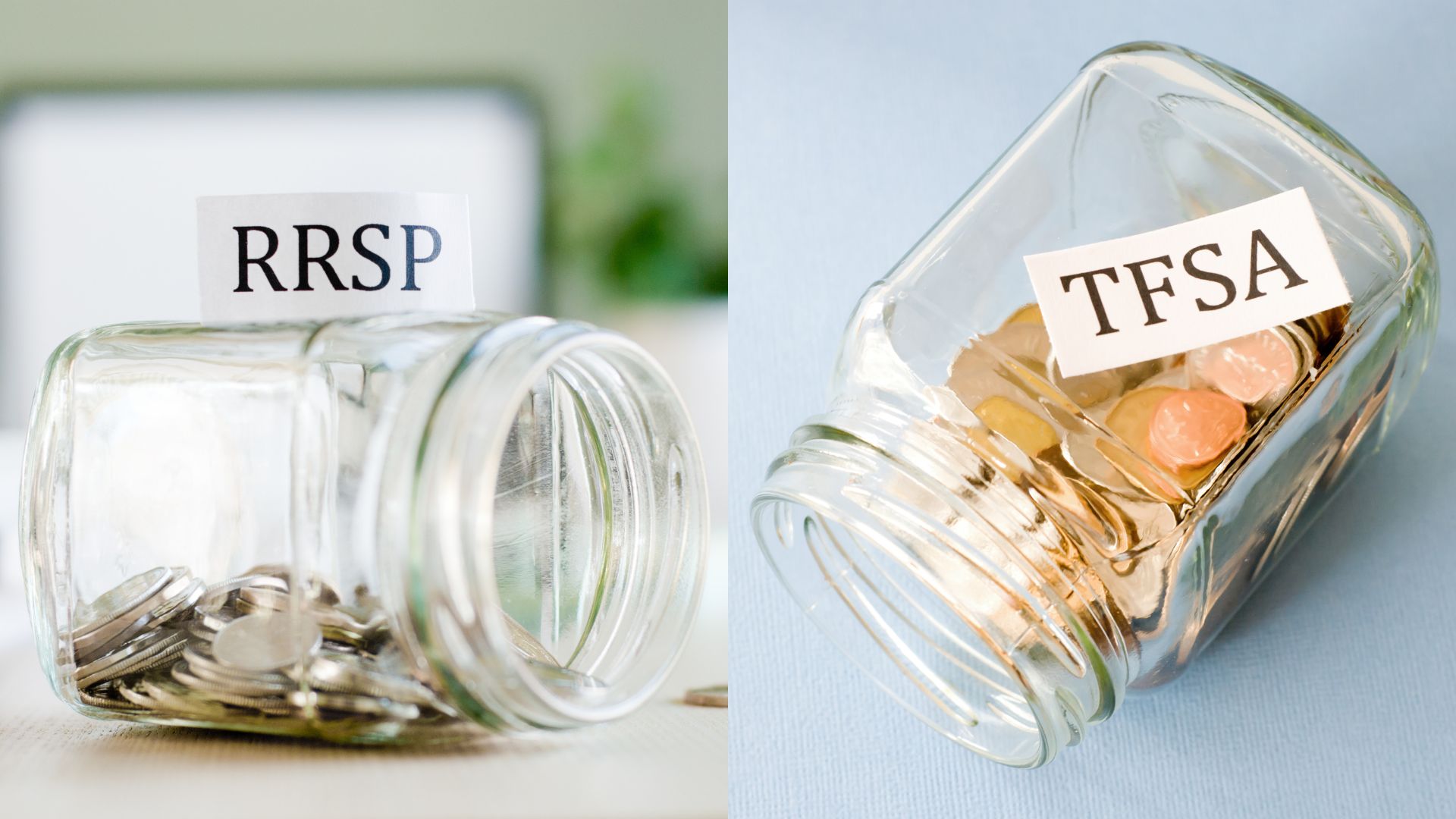
Overview
As Canadians, it’s important to consider the best ways to save money for our future. Two popular investment vehicles are the Registered Retirement Savings Plan (RRSP) and the Tax-Free Savings Account (TFSA). Both RRSP and TFSA offer unique benefits, and it’s essential to understand their features to determine which one is right for you.
What is RRSP?
RRSP stands for Registered Retirement Savings Plan. It’s a government-sponsored investment account that allows you to save for retirement while deferring tax on your contributions. The contributions you make to your RRSP are tax-deductible, which means they reduce your taxable income, so you pay less income tax. The funds within the RRSP grow tax-free until you withdraw them. When you make a withdrawal from your RRSP, the amount is taxed at your marginal tax rate at the time of the withdrawal.
Who can contribute to RRSP?
Anyone who has earned income and filed a tax return in Canada can contribute to an RRSP. There’s no age limit for contributing to an RRSP, but there’s a contribution limit based on your income. The contribution limit for 2022 is 18% of your earned income, up to a maximum of $29,210.
What are the advantages of RRSP?
The primary advantage of an RRSP is the ability to defer tax on your contributions until you withdraw the funds. This can be especially beneficial if you expect to be in a lower tax bracket when you retire. Also, the funds within the RRSP grow tax-free until you withdraw them, allowing you to benefit from compound interest. Additionally, an RRSP can be used to save for a down payment on a home through the Home Buyers’ Plan, which allows you to withdraw up to $35,000 from your RRSP tax-free.
What is TFSA?
A Tax-Free Savings Account (TFSA) is another type of government-sponsored investment account. Unlike an RRSP, the contributions you make to a TFSA are not tax-deductible. However, the funds within the TFSA grow tax-free, and you can withdraw the funds at any time without paying tax. When you make a withdrawal from your TFSA, the amount you withdraw is added back to your contribution room the following year.
Who can contribute to TFSA?
Anyone who is a Canadian resident and over 18 years old can contribute to a TFSA. The contribution limit for 2022 is $6,000, and unused contribution room can be carried forward to future years.
What are the advantages of TFSA?
The primary advantage of a TFSA is the ability to withdraw the funds tax-free at any time. This can be especially beneficial if you need the funds for a large purchase or unexpected expense. Additionally, the funds within a TFSA grow tax-free, allowing you to benefit from compound interest. Also, unlike an RRSP, there’s no tax on withdrawals, making it an ideal investment vehicle for short-term savings goals.
Which one is right for you?
Choosing between an RRSP and a TFSA ultimately depends on your individual financial goals and circumstances. If you’re in a high tax bracket and want to save for retirement, an RRSP can help you reduce your taxable income now while deferring taxes until you retire. On the other hand, if you’re in a lower tax bracket and want to save for short-term goals or want the flexibility to withdraw funds at any time, a TFSA may be a better option.
Your FORTAX Financial Advisor, we can help you determine which investment vehicle is right for you and create a personalized plan to help you achieve your financial goals. Contact us today to schedule a consultation and start saving for your future.
